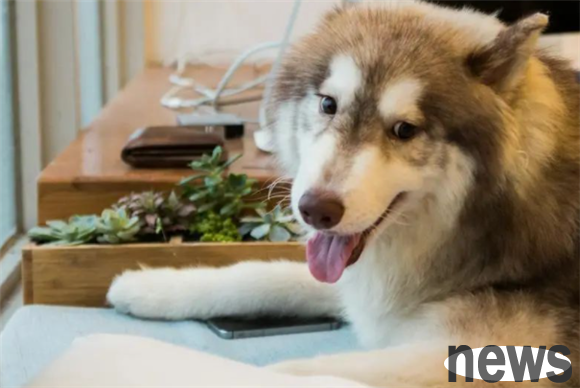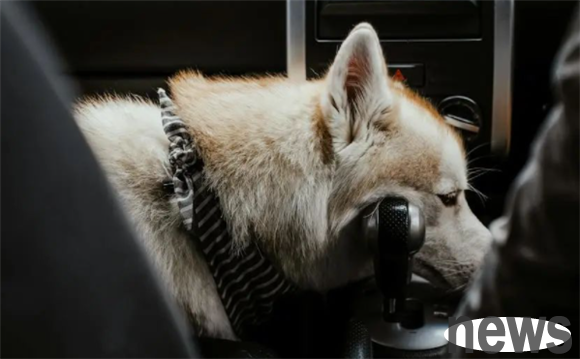Dogs are loyal partners of humans, and they are able to communicate with their owners through behavior and expressions. When dogs make mistakes or do things they shouldn't do, they also have specific manifestations to show that they know that th...
Dogs are loyal partners of humans, and they are able to communicate with their owners through behavior and expressions. When dogs make mistakes or do things they shouldn't do, they also have specific manifestations to show that they know that their behavior is wrong. We must not underestimate the dog's emotional intelligence. Although dogs can't speak, their emotions are indeed very delicate.

1. A depressed expression: When a dog does something that should not be done, it may show a depressed expression, such as bowing its head, looking at its eyes unconscious, and hanging its ears. This expression shows the dog's guilt and regret, and they may actively avoid their owner's gaze and try to express their confession.
2. Low posture: Dogs can also express guilt in a low posture, such as lying down, wagging their tails, and putting their ears on their heads. These actions indicate that dogs want to ease the tension and convey their awareness and repentance of misconduct.
3. Seeking comfort: When a dog knows that he has made a mistake, he may take the initiative to seek comfort and caress from his owner. They will approach their master, lick their master's hands, or use their bodies to close their master to express their inner anxiety and hope for their master's forgiveness.
4. Avoid the eyes: After making a mistake, the dog will also avoid the eyes of the owner and show a sense of dodging and shame. This behavior shows that the dog knows that he has made a mistake and tries to resolve the embarrassment and guilt by avoiding his eyes.
5. Hiding or looking for a safe place: Some dogs choose to hide in a corner or seek a sense of security after making mistakes, which shows that they feel guilty and fearful about their actions. By hiding, the dog tries to get some comfort or a chance to correct his mistake.
6. Reluctant to eat food or play: After the dog knows that he has made a mistake, he may show no interest in food or play. This behavior may be because guilt and tension affect their appetite and joy, showing positive emotions that are unwilling to enjoy their daily life.

7. Self-punished behavior: In some cases, dogs may exhibit self-punished behavior, such as biting their own tail, licking themselves, or intentionally bad behavior. This behavior indicates that the dog feels guilt and anxiety about his or her behavior, and tries to use these behaviors to relieve inner anxiety and anxiety.
Dogs have many different ways of showing that they know they have made mistakes. Regardless of how the dog performs, the owner should handle it with a gentle and patient attitude. After the dog makes a mistake, the owner can give appropriate punishment, but more importantly, take action in time to correct the behavior and provide care and comfort when the dog shows guilt to establish a good trust and emotional connection between the owner and the pet.
Getting with dogs requires understanding their emotions and behaviors, and communicating with them to build mutual trust and emotional connections. When dogs know they have made mistakes, their behavior is trying to communicate with their owners, hoping to get their owners’ understanding and comfort. By understanding the dog's behavior and emotions, the owner can better establish a healthy and harmonious relationship with the dog and spend a good time together.